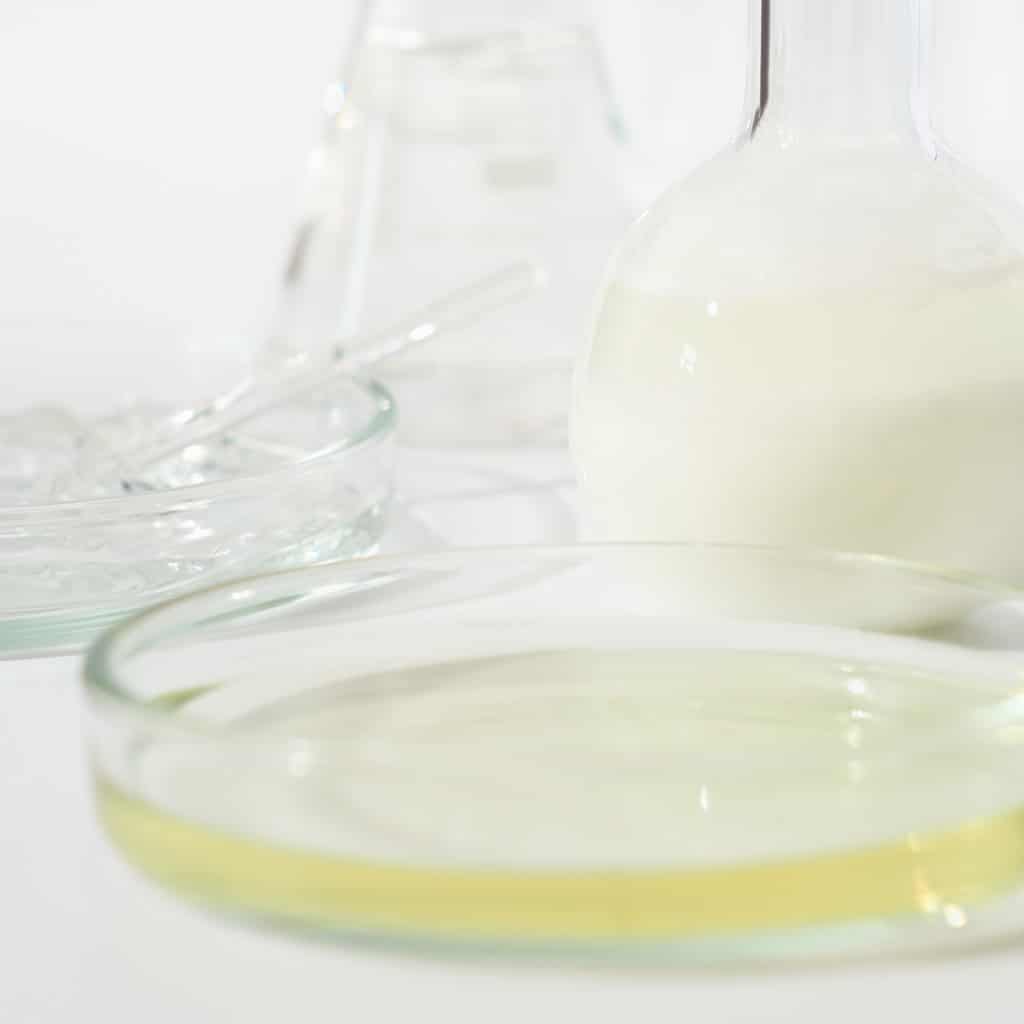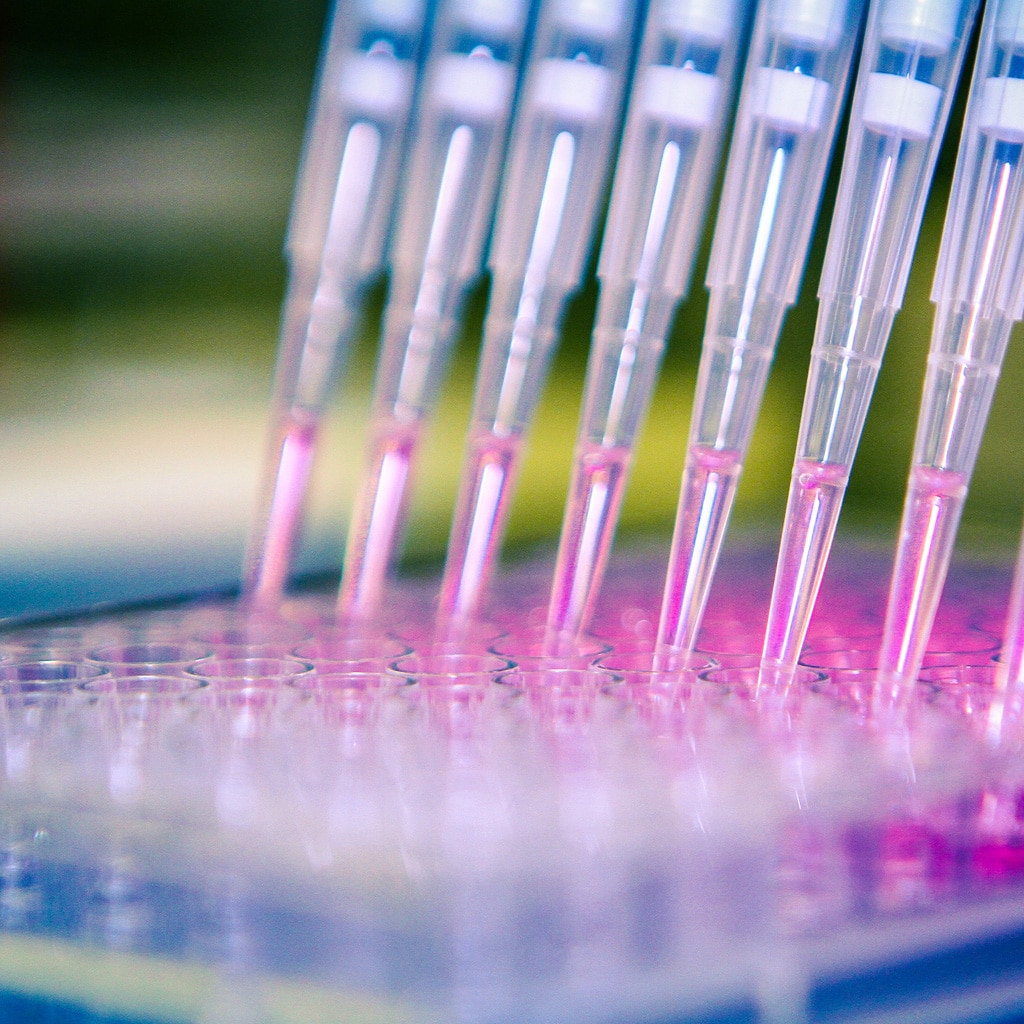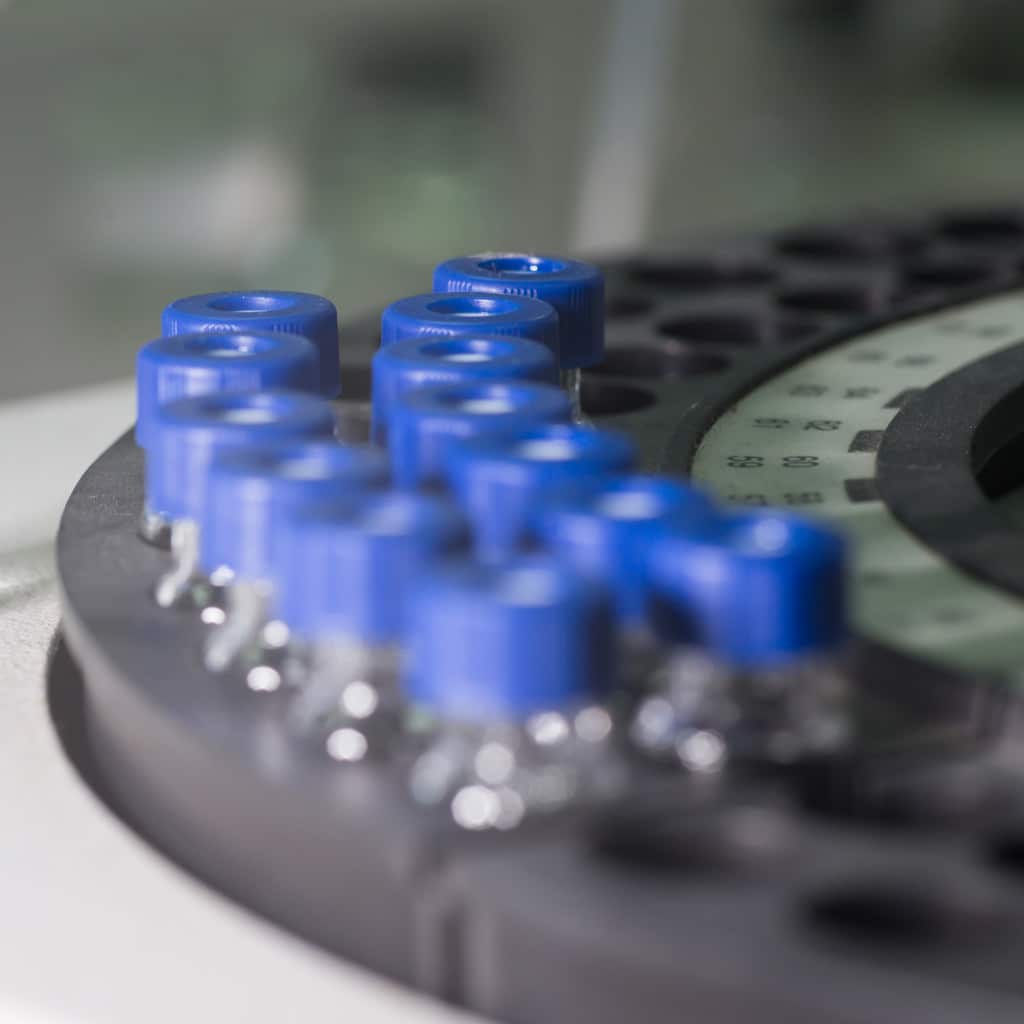Package Integrity Testing
Package integrity testing is critical for determining the sterility and shelf life of a product. Components of package integrity testing include evaluation of vacuum leaks, bubble leaks, and other assessments of sterile barrier integrity.
Dye Penetration Testing
Sterilized medical device packages and other packages can be tested for seal leaks through dye penetration testing. The first and most common method for dye penetration testing is the injection method. For the injection method, dye solution is injected to cover the longest package edge to a depth of 1/4 inch. Following administration of the dye, the seal area is visually examined through the transparent side of the package. Any channels in the seals will be readily detected by the technician within five seconds. This process is then repeated for the remaining sides of the package. This test is carried out according to ASTM standards.
For more information on dye penetration testing, please read our full article here.
Bubble Emission Testing
Bubble emission tests for large leaks in flexible packaging under vacuum. For bubble emissions testing, the sealed package is fully submerged in a fluid within a vacuum chamber. Next, the cover on the vacuum chamber is set and the vacuum is turned on. The vacuum level chosen is as large as possible to create maximum sensitivity for the test. The vacuum is held for around 30 seconds during which time the submerged specimen is examined for leaks via air bubble emissions. The vacuum is then released, and the package is examined for any test fluid leaks inside the sterile barrier system. This test is carried out according to ASTM standards.
For more information on bubble emission testing, please read our full article here.
Peel Strength Testing
Peel strength testing ensures that your packaging is capable of providing (and maintaining) a sterile barrier for your product by evaluating packaging for modes of seal failure. To perform peel strength testing, seal test specimens are prepared by cutting slips of packaging material such that edges are clean-cut and perpendicular to the direction of the seal. Next, the sealed area of the specimen is centered between grips on a tensile testing machine such that the seal line is perpendicular to the direction of pull. The seal is then tested at a set rate of grip separation until failure. The maximum force encountered as the sample is stressed to failure and the mode of failure is recorded. Both peel force and seal strength can be determined depending upon the mode of seal failure. This test is carried out according to ASTM standards.
For more information on peel strength testing, please read our full article here.
Our Tests
M600
Contact Plate Method (FDA)
M610
Microbial Talc Challenge
M615
Vial Closure Integrity (Immersion)
M630
ISTA Shipping (Vibratory & Drop)
M638
Visual Examination
M640
Burst Test (ASTM)
M642
Bubble Leak Test
M645
Peel Strength (ASTM)
M646
Extrusion Force
M648
Breaking Strength and Elongation
M650
Dye Penetration
Sample Submission
Purchase Order
In line with current ISO/QSR purchasing requirements, all orders should be sent with a signed completed Purchase Order. This will help expedite the processing or your order. Standing Purchase Orders will be gladly accepted for routine continuing orders.
Sample Submission Form
Please download and fill out a Test Request Form for each sample/test submitted. Identify each submission clearly and completely. Please be specific with the description, Lot Number, PO etc. and specify the test desired. Please indicate the Test Code Number on the form also. This will greatly reduce turnaround time necessary to generate an accurate, final report.
Final Reports
Upon completion of test, a final report will be issued and all records and raw data will be held for five years.
Related Articles
Save Money With A Combined Microbial Aerosol Challenge With Bioburden Test
Learn how to combine microbial aerosol challenge with bioburden testing for parenteral products, combination products, and medical devices.
Functionality Testing Vs. Cytotoxicity Testing For Injectables
Learn about functionality and physiochemical testing, and both testing requirements for medical-grade plastics used in injectables.
Functionality Testing Vs. Physiochemical Testing For Medical-Grade Plastics
Learn about functionality and physiochemical, and both testing requirements for medical-grade plastics used in injectables.




